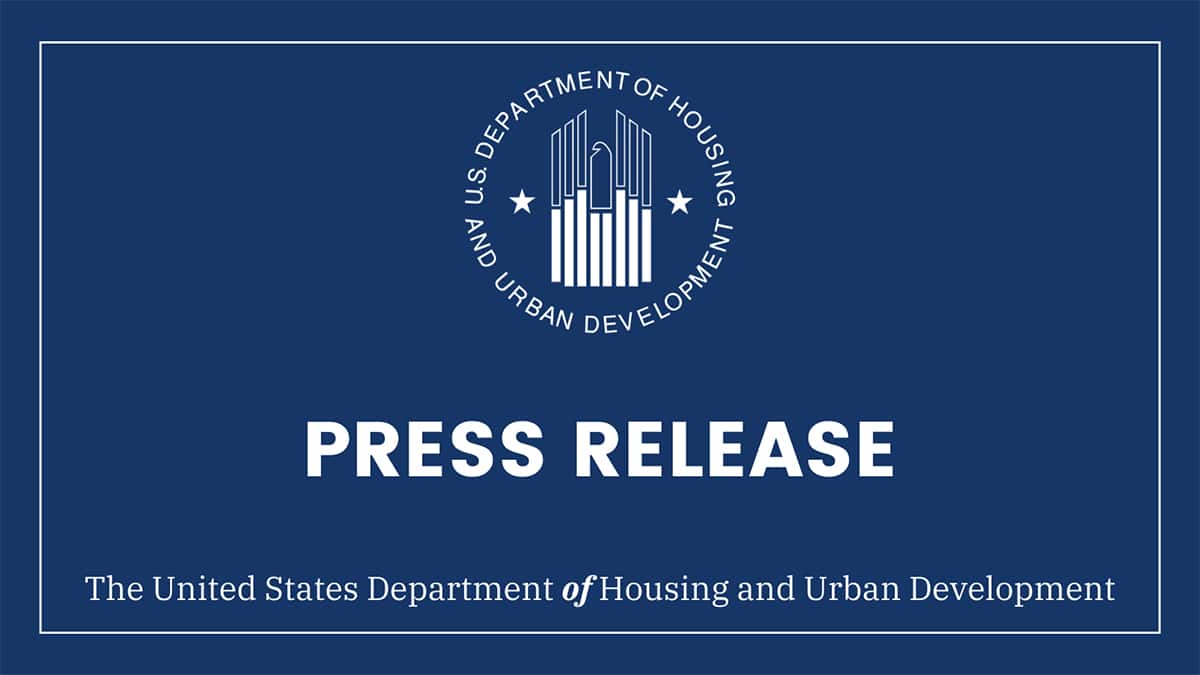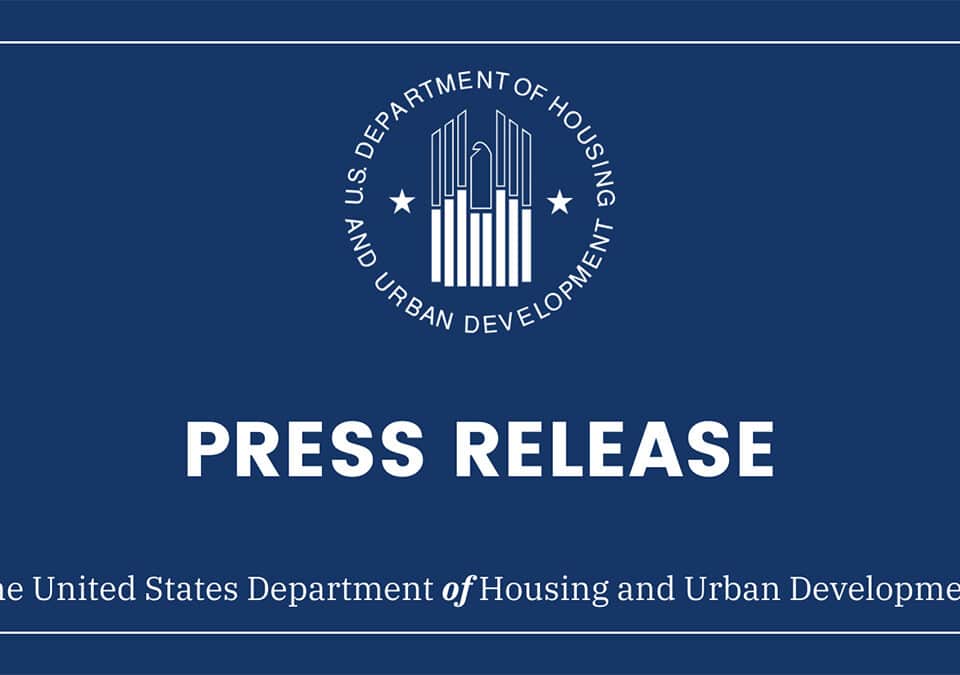
Evaluation of the Moving to Work Flexibility Cohort: Year 3 Report
August 28, 2025This post was originally published by the Department of Housing and Urban Development.
The U.S. Department of Housing and Urban Development (HUD) is pleased to transmit to the U.S. Congress its 20th report on Worst Case Housing Needs. This biennial report provides data on and analysis of critical problems facing low-income renting families. It primarily draws on research from the 2023 American Housing Survey (AHS), which is funded by HUD and conducted by the U.S. Census Bureau. The AHS has taken place every 2 years since 1973, and it remains a vital source of national data on housing markets, conditions, and dynamics.
Renter households with worst case housing needs are defined as those with very low incomes who do not receive government housing assistance and pay more than one-half of their incomes toward rent, those who live in severely inadequate conditions, or both. During the 2019-to-2021 period, which covered the COVID-19 pandemic, increasing household growth, increasing interest rates limiting homeownership, falling incomes, and increases in rent led to a sharp increase in cases of worst case needs—a record high of 8.53 million cases. Between 2021 and 2023, cases of worst case needs remained elevated at 8.46 million households, virtually the same as the 2019-to-2021 period.
One key cause of elevated worst case needs is immigration. Between 2021 and 2024, the foreign-born population of the United States increased by more than 6 million—the largest such increase over such a short period in American history. The foreign-born population now stands at more than 53 million individuals, making up the highest share of the American population in history. This immigration-driven increase in households has contributed to a significant increase in housing demand, thus driving up housing prices. In fact, in some markets, immigration has accounted for nearly all of the increase in housing demand in recent years.
This year’s report shows two realities. The first is that economic growth has been insufficient to lift the wages of low-income renting families high enough to make rent affordable. The second is that national macroeconomic policies, such as record immigration, have combined to drive sustained high rental demand, which has continued to place upward pressure on rent prices.
As a result, in 2023, only 59 affordable units were available per 100 very low-income renter households, and only 38 units were available per 100 extremely low-income renter households. Worst case needs were common in every region and metropolitan category across the nation but most prevalent in the West, the South, and urban suburbs.
Contrary to popular narratives, America has more housing units per capita than almost any time in history, and 2024 saw a record amount of rental housing supply brought onto the market. This suggests that the housing crisis may be less one of a shortage of supply, and more a crisis of the supply being more expensive than what the average American can afford. Because the supply of housing is much less elastic than demand, moderating demand may be a more effective policy option than very worthwhile efforts to increase supply.
We hope that policymakers, practitioners, researchers, and the public will find this report informative and compelling. We are eager to move forward with common purpose to address this great challenge.
John Gibbs
Principal Deputy Assistant Secretary for the Office of Policy Development and Research
U.S. Department of Housing and Urban Development
Download Appendix A (in Microsoft Excel format) here.
This report is part of the collection of Affordable Housing & Worst Case Needs Reports to Congress.



